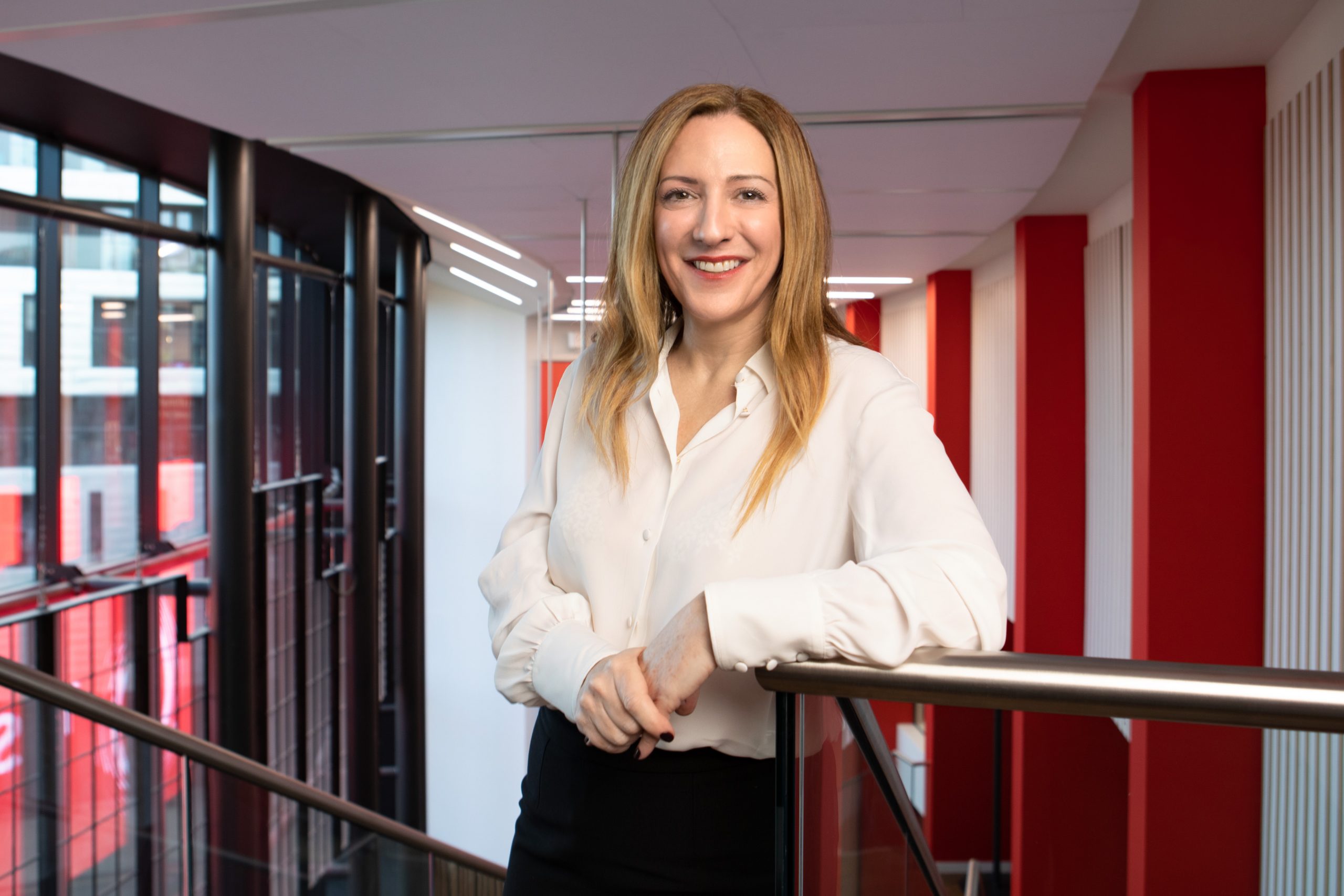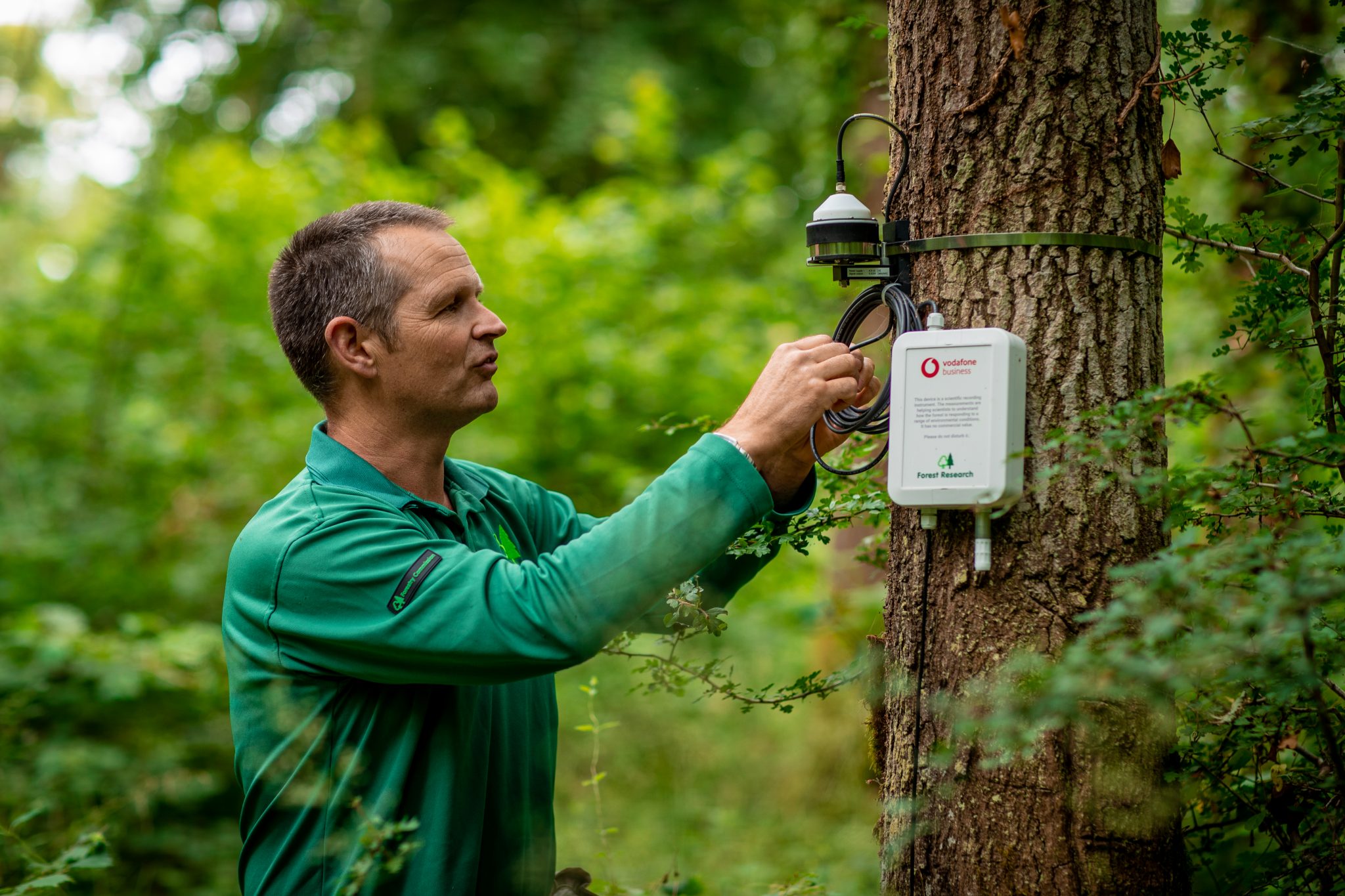
As the world grapples with climate change, the partnership between Vodafone UK, Forest Research and Defra could help strengthen our forests for the future.
Technology and nature may seem like polar opposites, constantly in conflict, but the latest technology could be key to helping the UK’s forests store carbon and adapt to climate change. A pioneering Internet of Things (IoT) project from Vodafone UK, Forest Research and the UK Government aims to measure just how effective trees are at absorbing carbon dioxide from the atmosphere.
Internet-connected sensors strapped to trees could help answer some pressing questions in the world of forestry science, says Dr Matthew Wilkinson, Climate Scientist, at Forest Research.
”How can forests be used to mitigate the effects of climate change?” he asks. “How can we adapt forests and future woodlands to climate change? What species do we plant now, that are suited for a climate a hundred years in the future?”
Some of those answers could come from the Alice Holt Forest in Surrey and the Harwood Forest in Northumberland. Vodafone IoT sensors have been fitted to nine oak trees in the Alice Holt Forest and nine spruce trees in the Harwood Forest.
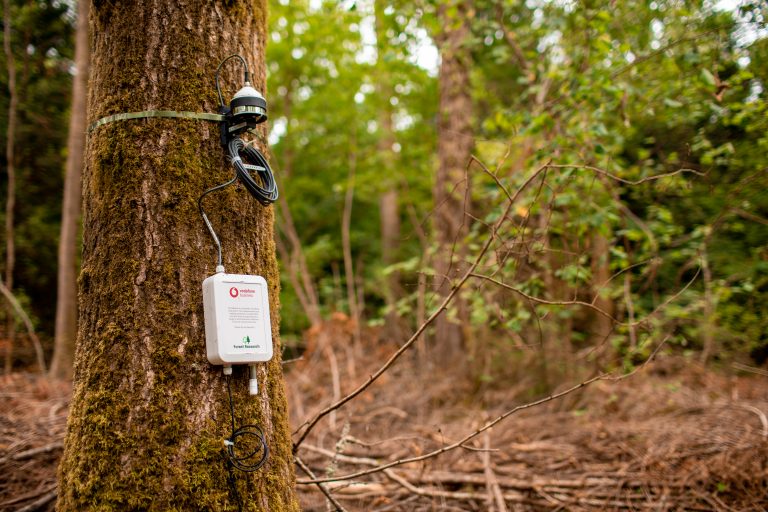
Credits: Tom Dymond
The most important of these devices is a tree girth band sensor that measures the circumference of a live tree trunk to within a few hundredths of a millimetre. The reason for measuring this is simple: the greater the tree’s girth over time, the more carbon dioxide it has absorbed. Determining that rate of carbon absorption – or sequestration as it’s known – per tree can help foresters manage the trees we have now.
Of course, other environmental factors related to climate change can affect a tree’s girth, which is why a bevy of other sensors sit alongside the tree girth band sensor on each tree. Drought-induced stress can hamper a tree’s growth, so there are sensors for measuring soil moisture and temperature, as well as for measuring air temperature and humidity. All data is transmitted wirelessly back to Forest Research’s scientists via Vodafone UK’s low power but long-range IoT network.
The sensor package also includes a component familiar to all of us through our smartphones: an accelerometer. In smartphones and tablets, the accelerometer rotates the contents of your screen from portrait orientation to landscape and back again as you turn the device around in your hands. In forests, it measures – in co-ordination with separate wind speed sensors located nearby – how susceptible each tree is to wind damage.
Although not directly related to the real-time measurement of the carbon exchange between forests and the rest of the environment, it’s still of intense interest to Forest Research who are keen to quickly assess any damage wrought by bad weather. All the sensors were made by specialist manufacturer Hardwario.
Collecting such arboreal metrics isn’t new, with the job traditionally done by ‘data loggers’ that save measurements to a small on-board computer which are then retrieved by hand. Although tried and tested, this method isn’t without its complications as Dr Wilkinson explains.
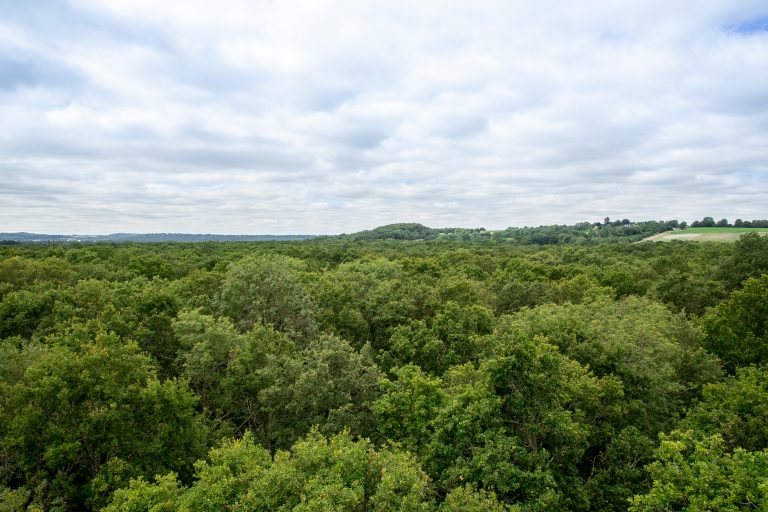
Credits: Tom Dymond
”Data loggers are occasionally stolen, they can stop working inexplicably and vermin can chew through their data cables. Teams of surveyors are needed to copy the information off the data loggers, but working alone in remote areas has health and safety issues which we must think about.
“Plus, it’s expensive work as their travel, board and lodging need to be paid for. IoT should be able do it all in real-time, at less cost.”
There is another dimension to this IoT trial. If the sensors and the narrowband transmission technology prove their worth in both forests by the end of the three-month trial, then the technology could be deployed in other rural locations by the Department for Environment, Food and Rural Affairs (Defra). Hydrologists, for example, could use IoT sensors to measure the rate of water flow over time in waterways that course through both drought- and flood-prone areas.
Before IoT can branch out into other such pressing areas, it first needs to take root and blossom in the forests of Surrey and Northumberland. With its experience in deploying IoT at Spanish vineyards and on cows, Vodafone can help in bringing that brighter, internet-connected future to life.

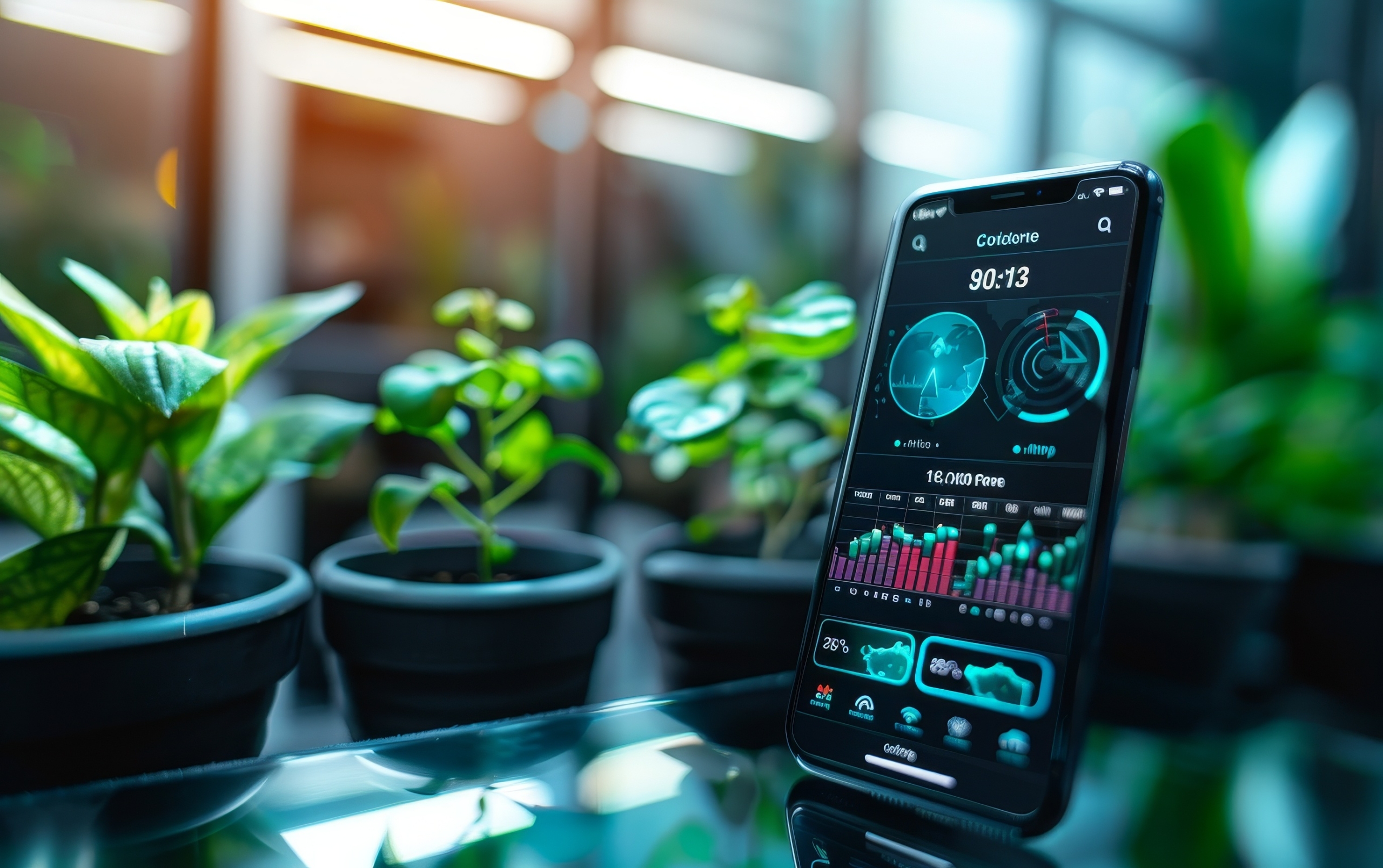

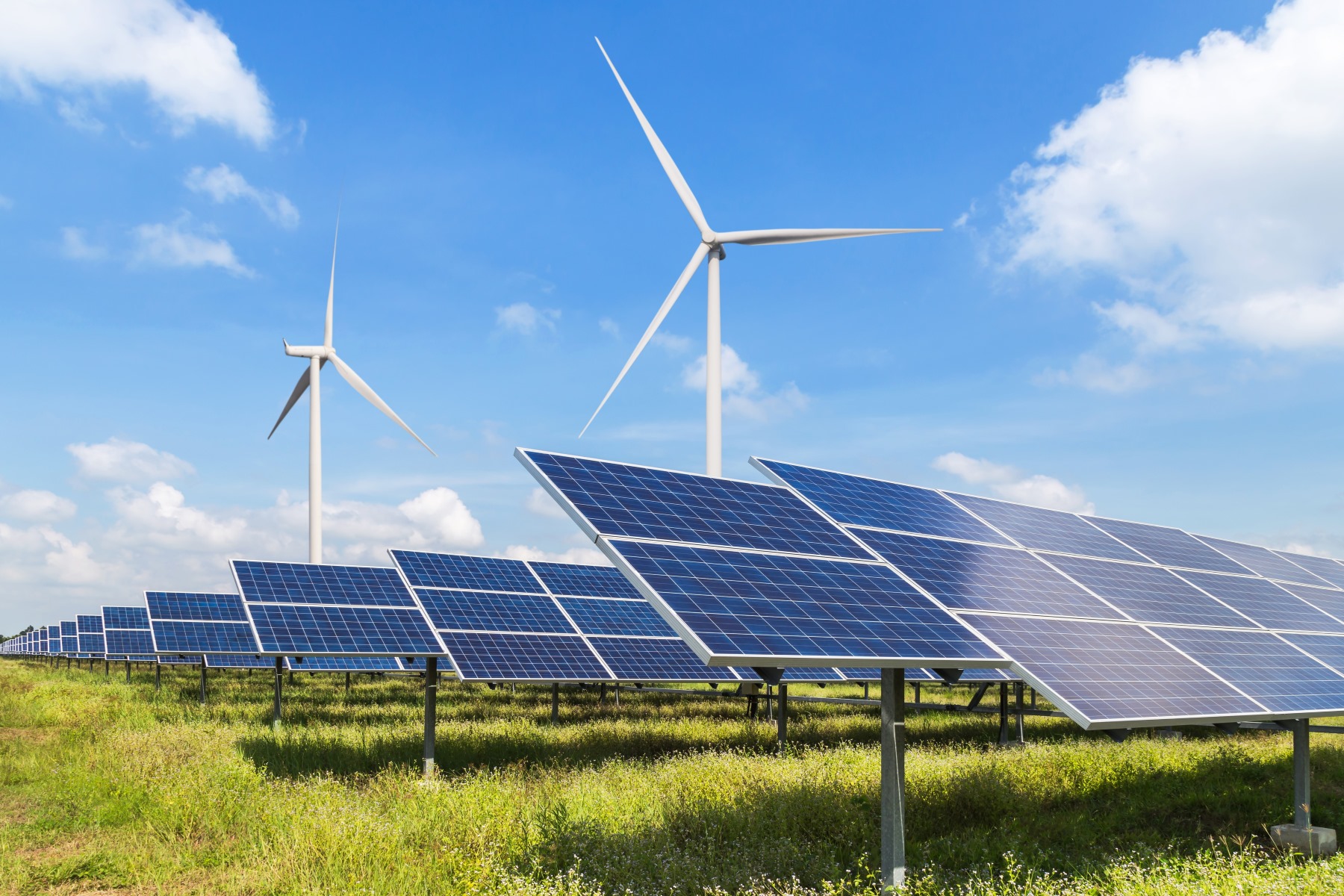


![Nicki-Lead_image[OPTIMISED]](https://www.vodafone.co.uk/newscentre/app/uploads/2023/10/Nicki-Lead_imageOPTIMISED.jpg)

![White smartphone with screen from green leaves[Adobe Stock]](https://www.vodafone.co.uk/newscentre/app/uploads/2024/04/White-smartphone-with-screen-from-green-leavesAdobe-Stock.jpg)
